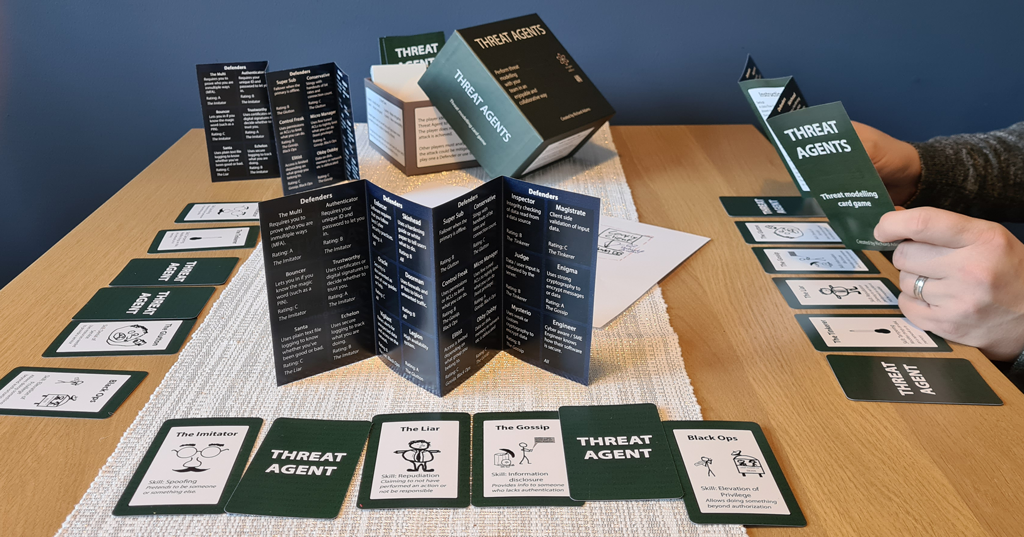I believe this is a fairly common thing to do and hopefully useful for myself. Lets have a look back at the bizarre year that was 2021.
Key events:
- Officially became an employee of Motorola Solutions, following a takeover last year.
- Moved to a new office, which I visited a handful of times.
- Started a new “secondary role” as a Cyber Champion.
I had a few achievements that I ought to be pleased with:
- Became involved in cyber security, which involved a chunk of learning theory, running a variety of different types of scans and finally I ran a load of talks for my office during cyber awareness month.
- I created a new card games called Threat agents and got myself a single copy manufactured.
- As it has been historically agreed that automating our older, long running programs would be too involving and I was going mad with regressions testing, I wrote my own automation tool. It wasn’t great at reporting results but it did test for stability and found some interesting issues.
- Changed how we do release testing. It probably doesn’t seem like much but I had been pushing to revamp things for a couple of years and eventually managed to get it implemented.
Whilst there’s plenty positives from the year, ultimately it wasn’t a massive success. I had a couple of big objectives for the year that failed to accomplish:
- Develop my exploratory testing. I’ve always had the “knack” for finding bugs but I want to learn more about how people do it more professionally. I just need to take the time.
- Use an off the shelf automation framework for automated UI and/or API testing. I am very confident that this is something I can do, however until I’ve had some proper experience I can’t add it to my CV (even if I’m not a fan of test engineers writing all these tests).
I don’t think I should beat myself up for not managing the above and I certainly don’t want to be giving myself objectives to judge myself by, however it is good to consider what I can hope to achieve in the coming year. For 2022 I want to:
- Sell threat agents. I’ve had positive feedback for the concept and it seems like selling it might be an easier way to get it out there than sharing for free!
- Related to this I want to become more experienced in threat modelling. Especially if I am able to give talks on the subject.
- Improve my knowledge and technique for exploratory testing.
- Develop my coaching skills. In particular trying to get some of my colleagues on board with some of my ideas and to feel like I’m having an impact.
- Discover where I fit in the world. Given that automation is all the rage in the jobs market but I prefer manual exploratory testing to try and break the software, what roles are available to me going forwards? Do I have to give up on my ideals? What might lie ahead for me?
If I don’t meet these and have success elsewhere, well so long as I’m going forwards that is all that matters right?
